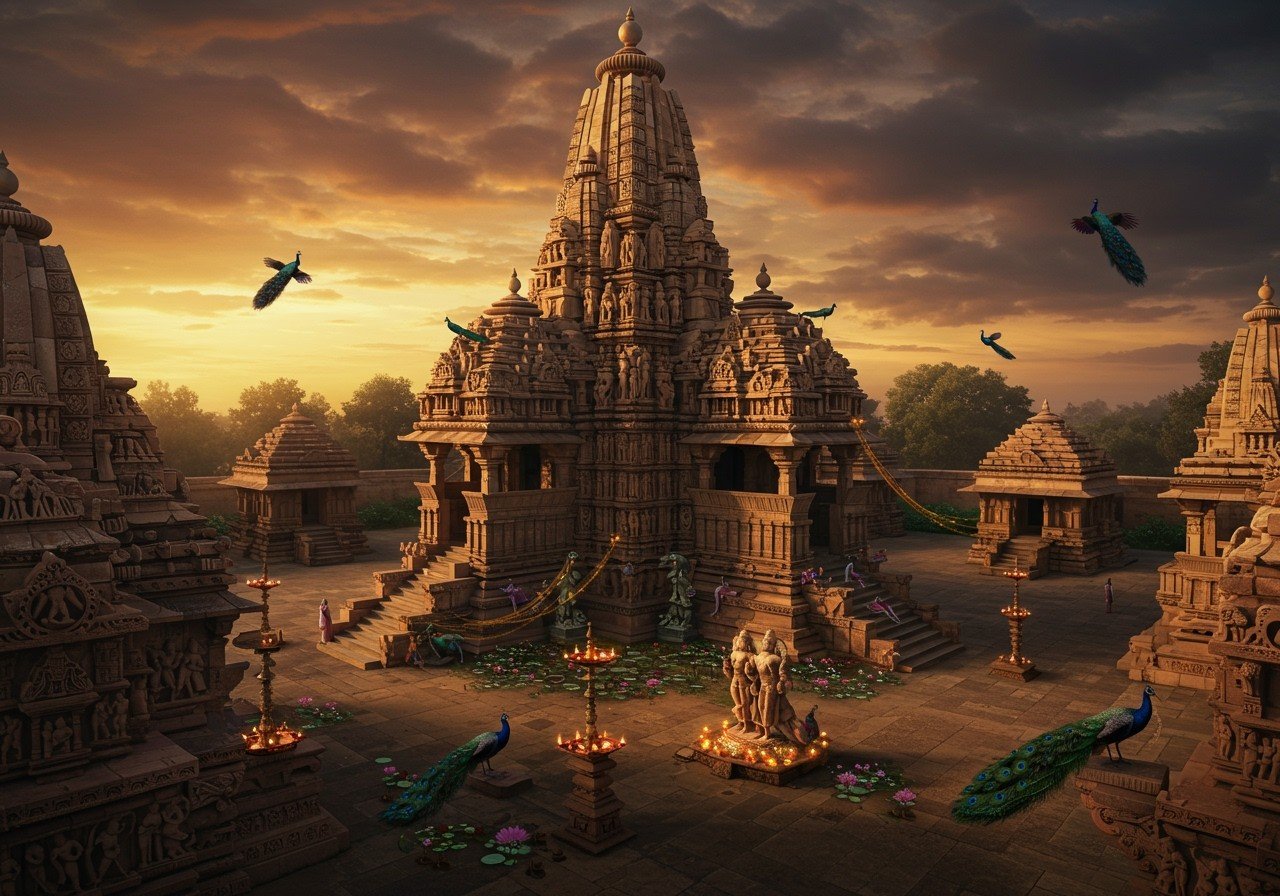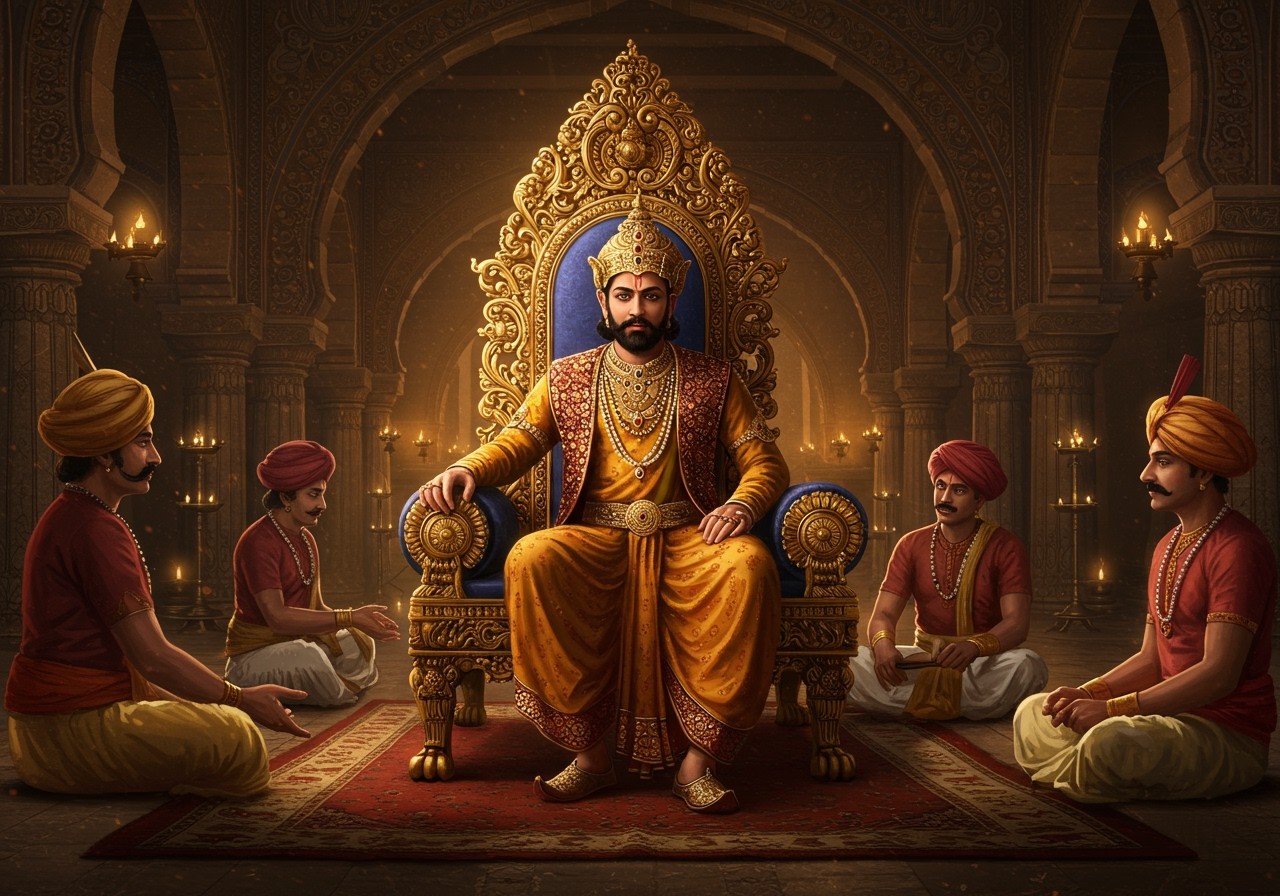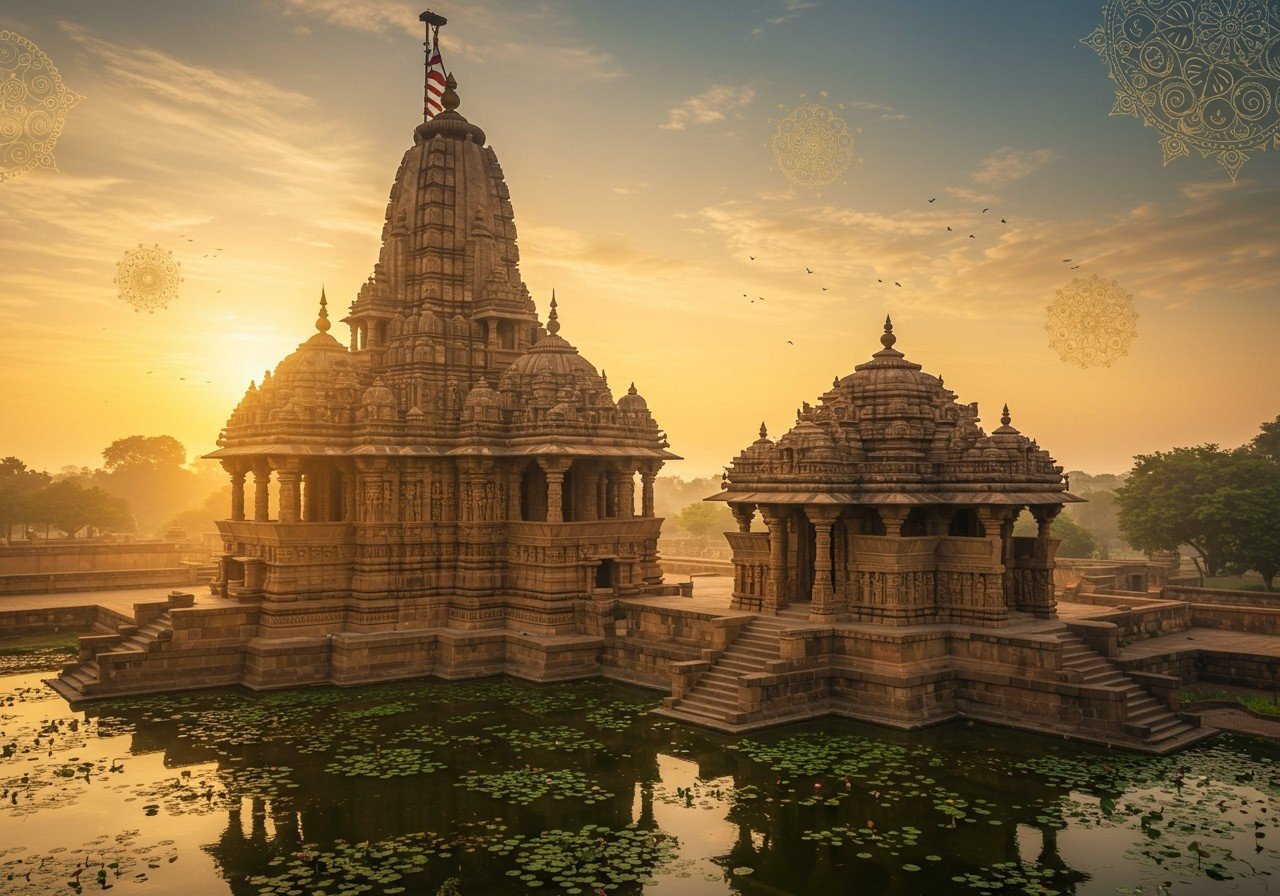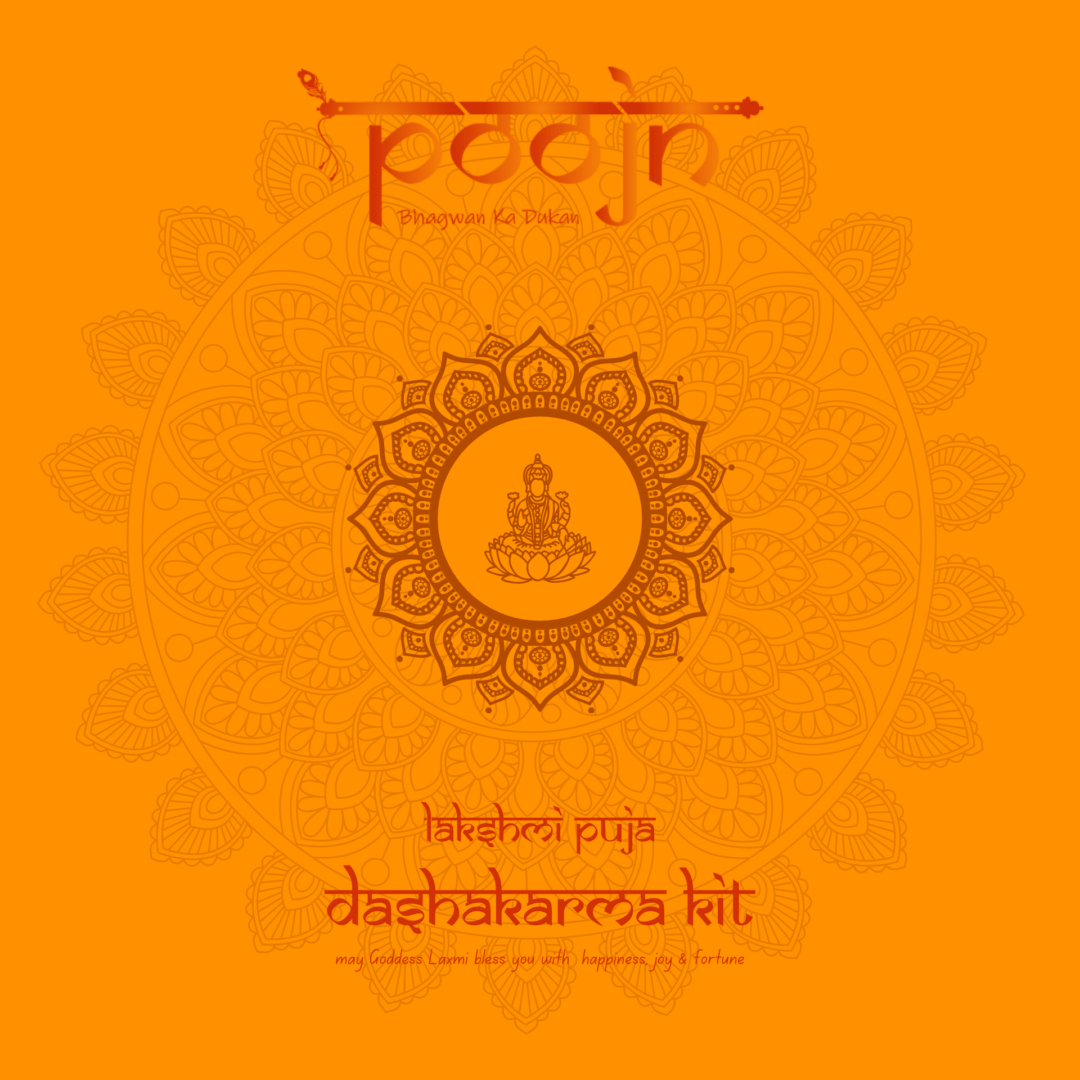

In the grand tapestry of Indian history, some rulers leave behind an indelible mark, not just with their swords but with their spirit. King Kumarapala of the Chaulukya (Solanki) dynasty is one such luminous figure. Ruling from his capital, Anahilapataka (modern-day Patan) between 1143 and 1172 CE, his reign was a remarkable story of strength, governance, and a profound spiritual journey that shaped the cultural soul of Gujarat forever.
From Exile to the Throne: A King’s Ascendancy
Kumarapala’s path to power was anything but easy. Imagine a young prince, a descendant of the great Bhima I, forced into exile to escape the persecution of his own relative, the powerful king Jayasimha Siddharaja. His early life was a lesson in patience and perseverance. But destiny had other plans. With the steadfast support of his brother-in-law, Kumarapala ascended the throne after Jayasimha’s passing, proving that true leadership is often forged in the fires of adversity.
The Might of an Emperor: Military Strength and Governance
Once on the throne, Kumarapala proved to be a masterful strategist and a formidable warrior. His reign of nearly three decades was marked by significant military victories that expanded and secured his kingdom.
- Subduing Neighbours: He successfully subdued several powerful neighbouring kings, including the Chahamana king Arnoraja and the Shilahara king Mallikarjuna, establishing the Chaulukya dynasty’s dominance in the region.
- Conquest of Malwa: In a significant military campaign, he defeated King Ballala and annexed the vast Paramara territory of Malwa, adding a rich and strategic region to his empire. By 1151, his authority was even established over the historic fortress of Chittor.
A Spiritual Journey: From Shaivism to Jainism

What truly makes Kumarapala’s story fascinating is his deep spiritual evolution. Initially, he was a devout worshipper of Lord Shiva. Inscriptions from his time, like the Veraval inscription, call him ‘Mahesvara-nripa-agrani’ (a leader among kings who worship Shiva). His greatest act of devotion was the magnificent rebuilding of the Somnath temple.
He replaced the old, decaying wooden temple with a breathtaking structure of “excellent stone and studded it with jewels,” creating a divine abode for the ages. However, later in his life, his path took a different turn. Under the profound influence of the revered Jain scholar Hemachandra, Kumarapala embraced Jainism. This wasn’t just a personal change; it transformed his kingdom’s ethos, as he began promoting the principle of ahimsa (non-violence) across his lands.
A Legacy in Stone: Patronage of Arts and Architecture
Kumarapala was a great patron of the arts, and his reign saw a flourishing of temple architecture. His support wasn’t limited to one faith; he generously patronised various Indian religious traditions. The grandeur of his architectural vision echoes the timeless beauty seen in other masterpieces of the era, such as the Kandariya Mahadeva Temple. This era was a golden age for artisans, sculptors, and architects, whose work continues to inspire awe today.
Connect with Our Heritage Through Poojn.in
Reading about such a glorious past fills our hearts with pride. At Poojn.in, we believe in keeping this connection alive. While we can’t travel back in time, we can bring the essence of our traditions into our homes. If Kumarapala’s spiritual devotion inspires you, you can find everything you need for your own pooja rituals in our extensive collection of Dashakarma items. From sacred idols to pure samagri, we ensure that every product helps you practice your faith with authenticity and devotion.

Exploring Kumarapala’s Remarkable Reign
Many are curious about the specifics of this great king’s life. Kumarapala was indeed a pivotal ruler of the Chaulukya (Solanki) dynasty of Gujarat, and he reigned during the 12th century, from 1143 to 1172 CE. His rule is considered so significant because he brought immense stability and prosperity to the region, both through his military victories and his enlightened governance. His legacy is deeply tied to his incredible architectural contributions and his promotion of Jain principles, which left a lasting cultural and spiritual impact on Western India. His life story is a powerful reminder of how leadership, faith, and a deep respect for culture can create a golden era.
An Enduring Inspiration
Kumarapala’s life teaches us the beautiful balance between worldly duties and spiritual growth. He was a conqueror who expanded his kingdom, a builder who created timeless monuments, and a seeker who found peace in faith. His legacy is not just in history books but in the stones of the temples he built and in the cultural values he nurtured. He remains a true inspiration, a king who ruled not just a kingdom, but also the hearts of his people.

